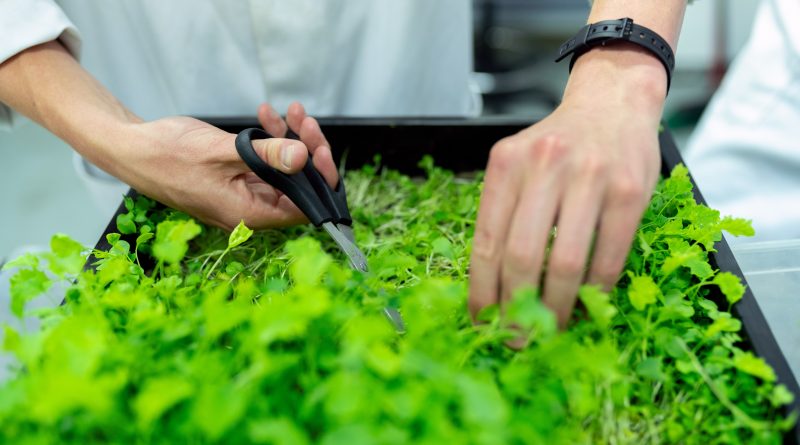Collaborations Yield Results Leading to Advances in Sustainability
How do we lower our carbon footprint and make the most of our resources? Every day, farmers, ranchers, educators, researchers and innovators around the world, are working together to answer these questions, developing new strategies to produce and distribute food, fuel, and fiber in a sustainable manner.
Sustainability experts look for projects that embrace:
- Profitability over the long term
- Stewardship of our nation’s land, air and water
- Quality of Life for farmers, ranchers and their communities.
Sustainable agriculture grants found on GrantWatch include grants for research and education, professional development programs, farmer and rancher on-farm experiments, community development, and the environment.
Since its inception in 1988, Sustainable Agriculture Research and Education Nationwide (SARE), has funded more than 6,700 projects, with the mission to advance innovations that improve profitability, stewardship and quality of life. SARE, a brainchild of the University of Maryland invests in groundbreaking research and education that will benefit the entire country.
Grant recipient, farmer Dan Forgey, manager of the Cronin Farms in Gettysburg South Dakota, worked together with South Dakota State University researcher Dwayne Beck, to find ways to improve soil quality.
Forgey was awarded a grant to improve soil health through no-till rotation. This increased crop yields-sustainably, with less fertilizers and herbicides. In addition to the no-till rotations, he diversified, increasing from six crops to 12.
No-till not only makes farming more efficient—it saves time and uses less on labor, equipment and fuel—it has created better yields, even in years of below-average rainfall. “It’s all about soil health,” Forgey says. “With no-till we make use of the carbon to help make organic matter.”
With the grant he received, he conducted trials with cover crop mixes and identified a formula that would work with his system in his region. He is now using cover crops on hundreds of acres, grows grains, oilseed crops and forages for his 750-head-cow-calf operation, and is teaching his neighbors how to do the same. “The longer we are in no-till, the more benefits we see,” Forgey says. Crop production is up 30% using less fertilizer and herbicide.
Forgey’s overall goal is to build soil health naturally and rely less on manmade inputs. “This is what the country needs,” he says. “Between cover crops and no-till we are doing things to better the soil nature’s way.” No-till not only decreases erosion, it has increased the land’s organic matter 1.3 percent in 10 years. Cover crops are beginning to increase the biological diversity of the soil and help keep nutrients out of local waterways.
As a result of using these methods, Forgey has increased profitability, decreased the use of additional resources such as water, decreased the use of pesticides and herbicides, increased production on the farm he manages and has helped professor Beck and the South Dakota State University and organizations such as the USDA, SARE, NRCS, and the Soil Health Institute to better understand and educate the public on sustainability and how to achieve the best outcomes in the field.
Some innovative new practices, and some return to old ways, have been made possible by collaborative grants in sustainable agriculture: no-till rotations and cover crops, higher yields for organic farms using less pesticides and herbicides, season extension through the use of solar energy and other innovations, new water conservation methods, and energy independent farms.

